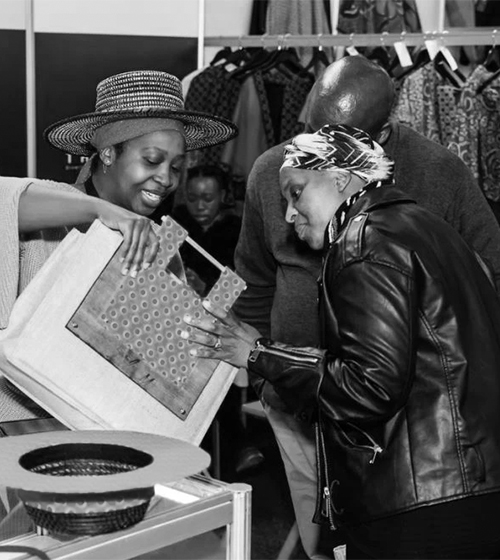
On a well-lit runway within a dimly lit venue, a group of young men and women confidently strut in the latest and most innovative fashion creations. This captivating scene unfolded at Lagos Fashion Week in late October, spanning four eventful days that attracted fashion enthusiasts from across Africa and the globe. UNESCO director-general Audrey Azoulay seized the moment to release her inaugural report, asserting that Africa is emerging as a new global fashion leader.
The African continent hosts 32 successful fashion weeks annually, including upcoming events like Dakar and Accra Fashion Weeks, bringing together designers and fashion enthusiasts. The African fashion industry boasts an annual export value of $15.5 billion, reflecting a remarkable demand for African fashion. Omoyemi Akerele, the creator of Lagos Fashion Week, established the exposition in 2011 to promote Nigerian and African fashion.
"Africans want to wear Africa. It's really beautiful to see because it hasn't always been like this," remarks Omoyemi, noting the significant shift in preferences over the past decade.
In the early 21st century, African fashion faced challenges due to increasing globalization, leading to a decline in traditional fabrics and patterns. However, recent years have witnessed a positive reversal of this trend. The continent's strong growth, coupled with a young population of 1.3 billion, set to double by 2050, has contributed to a growing consumer trend for Made in Africa fashion, particularly among the urban middle class.
The rise of e-commerce and social media, including platforms like Instagram, TikTok, and YouTube, has provided an ideal platform for African fashion to gain exposure worldwide. In Nigeria and other African countries, young designers are making significant strides in the industry, with consumers showing an insatiable appetite for their creations.
Omoyemi attributes the surge in African fashion's popularity to consumers viewing it as a symbol of pride and a way to affirm their identity. Young African designers are gaining international recognition by reinventing the luxury code, blending tradition, innovation, and sustainability.
However, the African fashion industry still faces a significant gap in investment compared to its Western counterparts. While the industry is estimated at $31 billion, it represents only 1.2% of the global fashion market. The lack of funding hinders the realization of creative visions, making Africa the "next frontier for the fashion industry," as described by designer Ejiro Amos-Tafiri.
The sector is teeming with talent and creative visions, combining artisan skills with innovation to shape the continent's identity. Audrey Azoulay emphasizes in the UNESCO report that the African fashion industry not only showcases cultural diversity on global platforms but also empowers young people, particularly women, through education and employment opportunities.
Despite the industry's potential, challenges such as insufficient investment, gaps in education and training, and infrastructure limitations persist. In response, the British Council has expanded its Creative DNA fashion accelerator program across the continent, aiming to support African fashion businesses and promote sustainable and ethical design.
The global recognition of African designers and the popularity of Africa's fashion weeks indicate the continent's potential to become a world fashion leader. With UNESCO's report and the growth of initiatives supporting African fashion, the industry is gaining the attention it deserves, signaling a promising future for African creativity and innovation.




